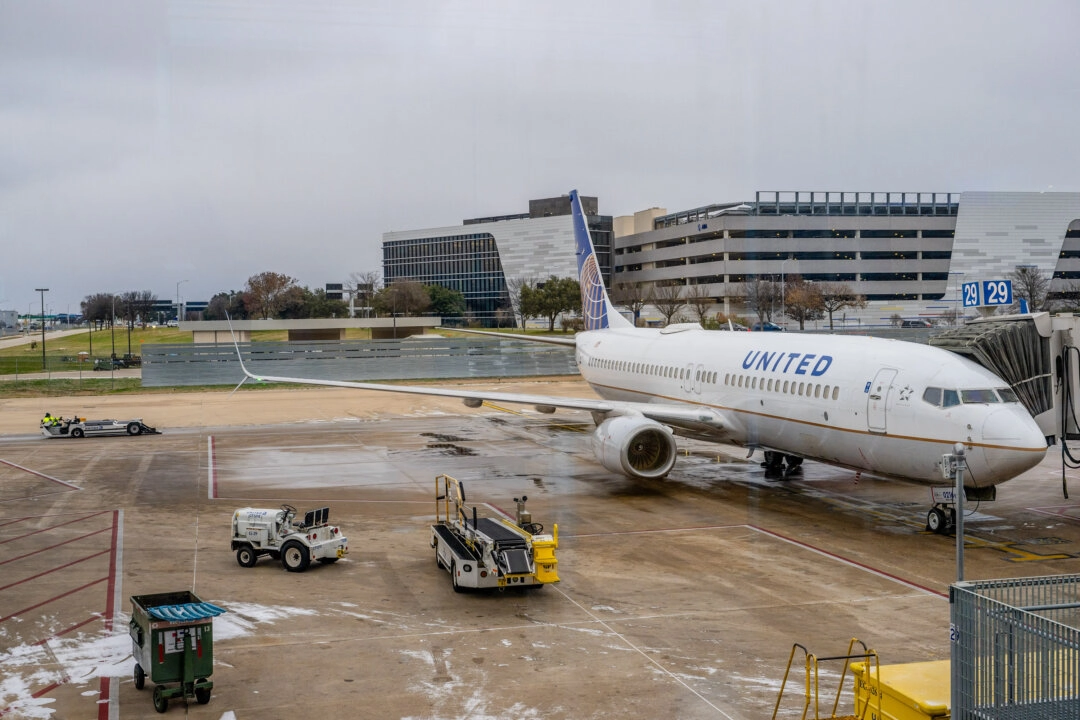After two planes nearly crashed into one another over Austin, Texas, in February 2023, the National Transportation Safety Board will hold a June 6 hearing to investigate the probable cause of the incident.
A FedEx Boeing 767 had to quickly fly over a Southwest Airlines jet in poor visibility to avoid a collision after an air traffic controller cleared both planes to use the same runway at Austin-Bergstrom International Airport on Feb. 4, 2023.
The episode was among multiple near-miss incidents of planes between 2023 and 2024 that highlight the ongoing safety issues with the Federal Aviation Administration (FAA) and air traffic control.
Jennifer Homendy, the chair of the National Transportation Safety Board, said in 2023 that the two planes came within roughly 115 feet of one another, narrowly avoiding a “terrible tragedy.”
She explained that the FedEx plane’s pilot saw a light break through the fog from the Southwest Boeing 737-700 before seeing its full silhouette.
Seconds later, the FedEx crew aborted their planned landing on the same runway used by the Southwest jet, Ms. Homendy said.
The air traffic controller who allowed both planes to use the same runway told the National Transportation Safety Board in a 2023 interview that he assumed the Southwest plane would have already departed the runway prior to the FedEx plane landing.
His “expectation bias” that Southwest planes are quick to depart drove this assumption, he said.
Ms. Homendy explained that the FedEx plane flew over the Southwest jet as it was taking off from the runway, flying just over the Southwest jet as its takeoff speed increased during its ascent.
The Southwest plane headed to Cancun, Mexico, had 123 passengers and five crew members aboard, while the FedEx plane had three crew.
The agency’s five members will host presentations from investigators, preside over the draft report, and vote on any proposed findings, probable causes, and safety recommendations.
The board will produce a final report on the incident and publish it on the agency website.
The incident is one of several plaguing the FAA between 2023 and 2024, including the near-collisions on runways at JFK International Airport and Ronald Reagan Washington National Airport in April.
The incident at Reagan National on April 18 was at the forefront of debates ahead of the U.S. Senate passing its version of the FAA reauthorization bill on May 9.
The bill includes a provision to add five daily round-trip flights to the busy airport, and Sens. Tim Kaine (D-Va.) and Mark Warner (D-Va.) were against passing the bill without first considering their amendment to remove the provision.
They said the April 18 incident was a “flashing red warning light that this airport is overburdened” and that adding more flights to the runway is a “terrible idea.”
The bill must pass through the House before it reaches President Joe Biden’s desk.
Congress must reauthorize the FAA’s programs to prevent the furloughing of 3,600 staff members.
The FAA said on May 8 that it would delay requirements for air traffic controllers to have a minimum of 10 hours off between shifts, and 12 hours off prior to a midnight shift since the agency is struggling with a more than 3,000-person staffing shortage.
After an independent review of air traffic controller fatigue called for new minimum rest periods, the FAA implemented them.
The new rules, originally set to start by mid-July, are delayed amid discussions between the agency and a union representing air traffic controllers.
The FAA’s current guidelines require air traffic controllers who handle active airplanes to take an eight or nine-hour break between shifts in most cases.
“The FAA’s top priority is the safety of the flying public, and part of that work is making sure the nation has a well-staffed and well-rested air traffic controller workforce,” an FAA spokesperson told The Epoch Times.
“The science is clear that fatigue can impair the ability to perform safety-related operational duties, and Administrator Mike Whitaker is taking action to ensure controllers are getting enough rest based on the findings of an independent panel of scientific fatigue experts.”
The FAA said it would ensure that the current rest of the requirements are “fully adhered to” while working with the controllers’ union on the proposed changes.
